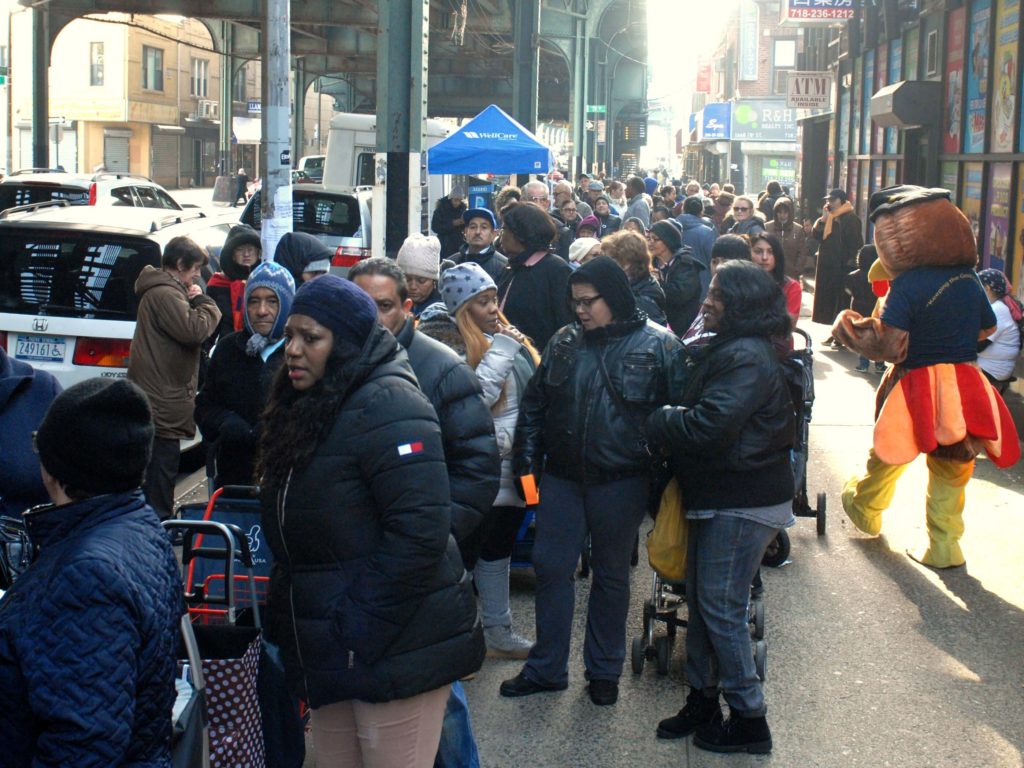Coronavirus worsens existing problems for low-income Brooklynites: study

File Photo: Arthur De Gaeta/Brooklyn Eagle
From brooklyneagle.com
The coronavirus pandemic is having long-range effects on the health of many Brooklyn and New York City residents, well beyond the disease itself.
These effects are falling disproportionately on the borough’s low-income and immigrant communities, especially since 42 percent of low-income Brooklynites have been laid off and 61 percent are not getting any type of COVID-related care.